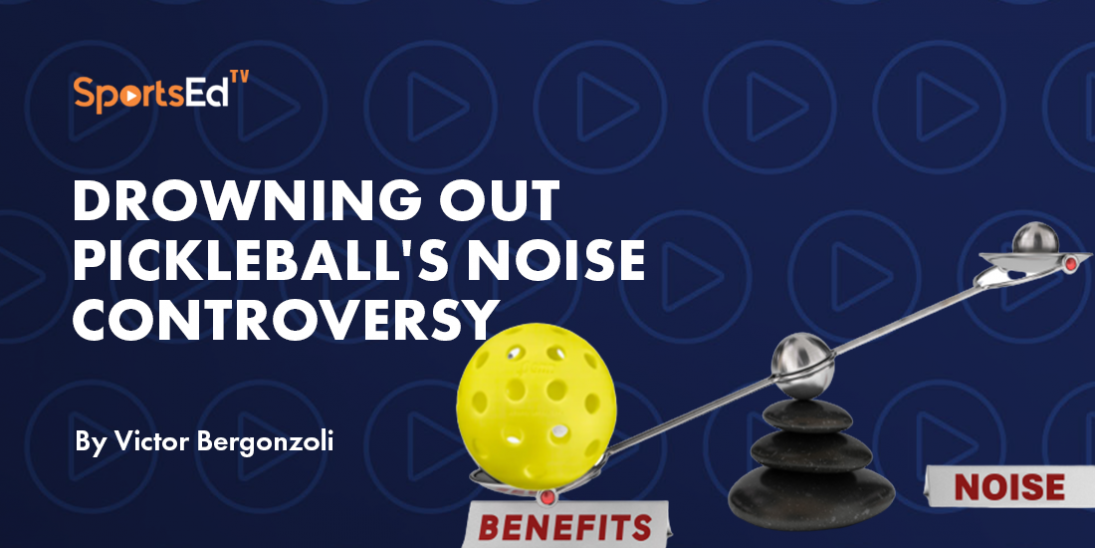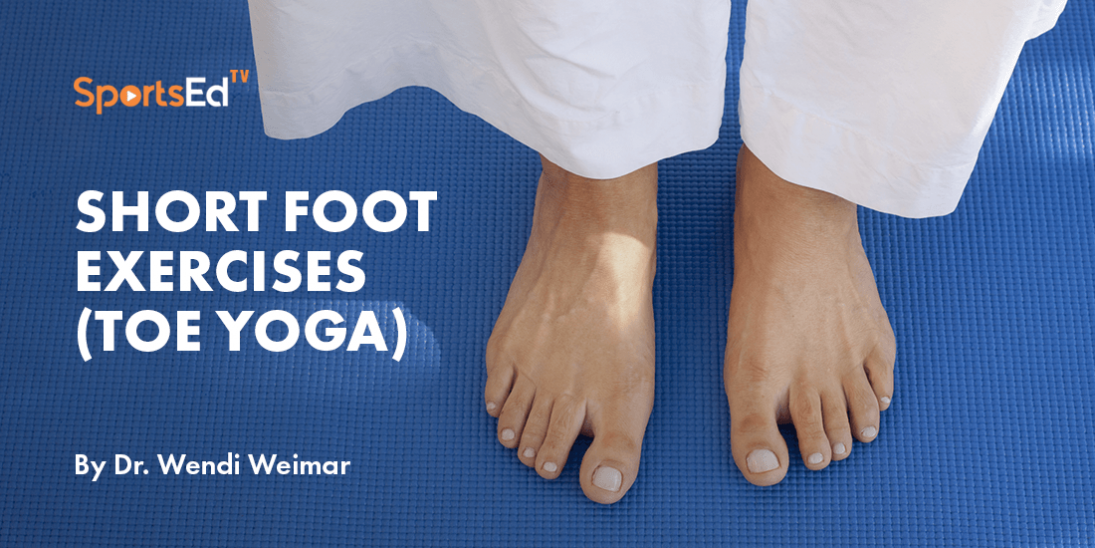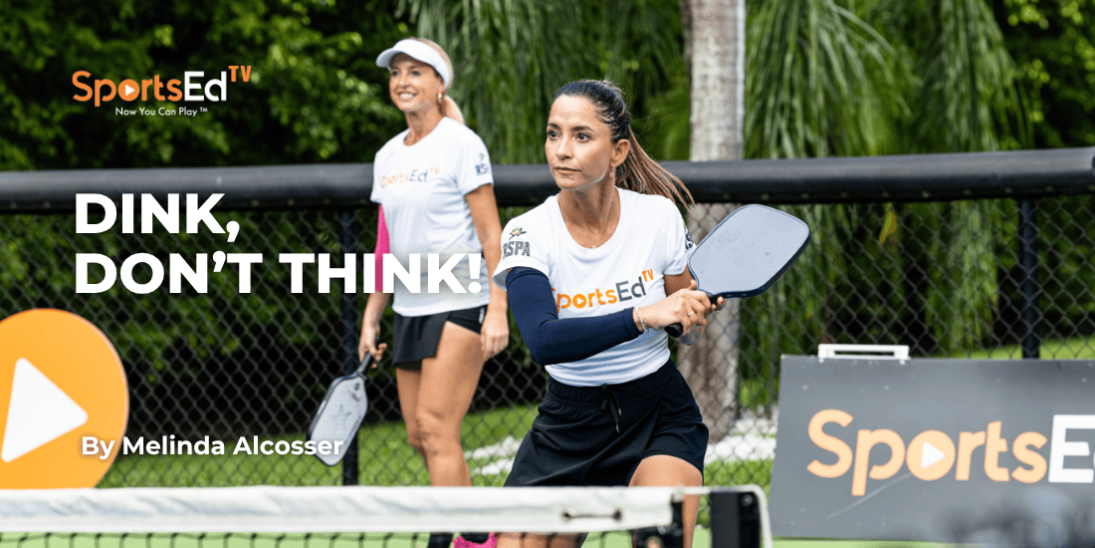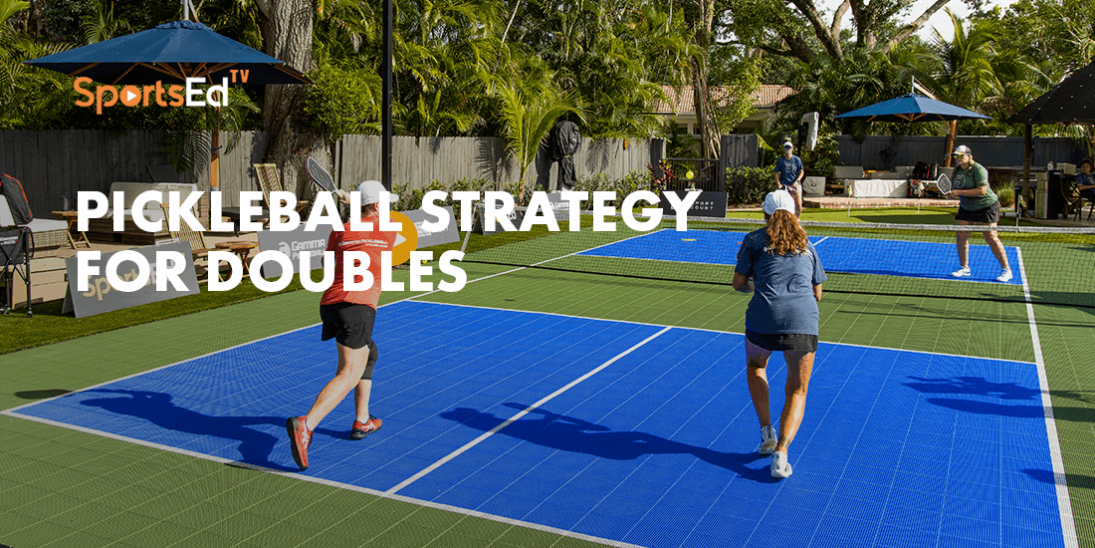Pickleball
Welcome and thanks for visiting...

How To Choose Pickleball Shoes
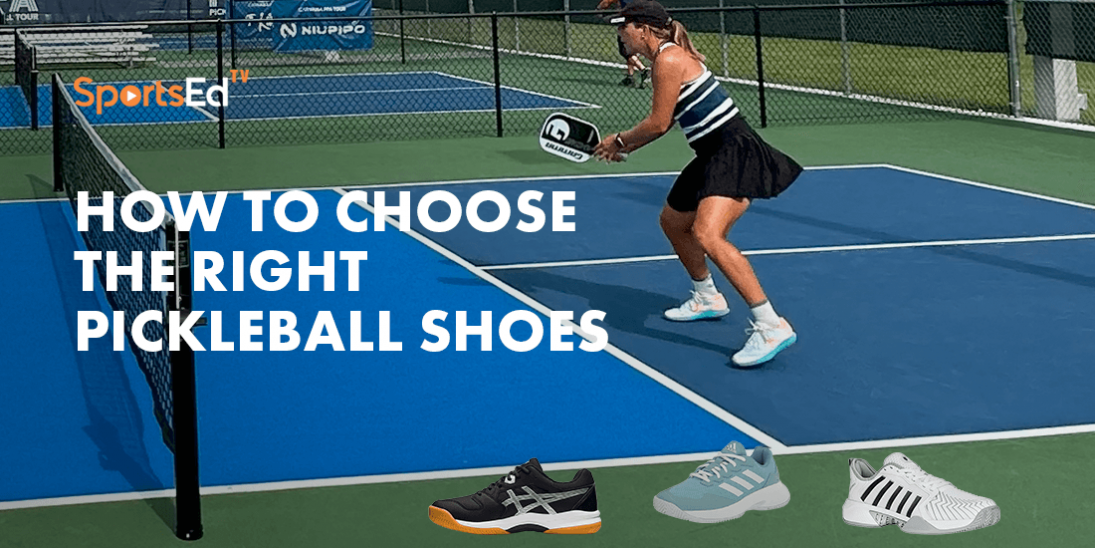
Pickleball as a sport has been on a growth splurge and if you’re thinking about joining the millions of people who play occasionally this guide is for you.
Or, if you’re part of the passionate pickleball players who are on the courts as often as you can, this guide will help you expand the collection of shoes you need to play your best on different surfaces and conditions.
The variables in you, how you play, where you play, and how often you play are factors you need to consider. Your physical makeup, style of play, and court surfaces are the three most important factors that influence pickleball shoe selection.
With those fundamentals in place, let’s get started.
What are the qualities of a good pickleball shoe?
You should look for these qualities in any pickleball shoe you’d consider owning.
Sole
Indoor pickleball courts can, in spots, be slippery, which calls for a natural gum rubber sole for a firmer purchase. Outdoors, a harder gum sole is preferred. Stability and comfort should apply to either.
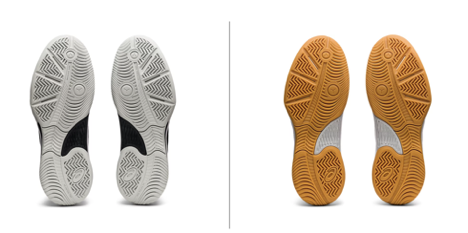
Heel Counter Cushion Support
Cushioning and Shock Absorption: Good pickleball shoes should provide adequate cushioning and shock absorption, particularly in the midsole, to lessen the impact on your joints during play. This can help reduce fatigue and the risk of injury.
The twisting, turning, and jumping that goes along with pickleball, can cause stress to knees, backs, and ankles, especially on the hard surfaces of some courts. Be sure to look for extra cushioning for protection.
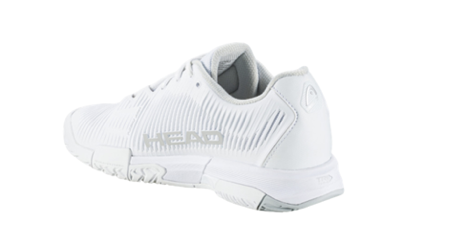
Weight
Lightweight shoes offer comfort and ease. Heavy shoes could inhibit performance and stamina.
Durability
This subject is directly correlated with weight selection. The heavier the shoe, the more durable it will be. Lighter shoes are more comfortable and play better, but they don’t last as long. So, weight is a decision each player needs to weigh accordingly. Invest in shoes with quality materials and construction that can withstand the wear and tear of regular pickleball play. Durable shoes will not only provide better value for your money but also ensure consistent performance on the court.
Why Pickleball Specific Shoes?
Many new players come to pickleball from other sports. For instance, running shoes are built to move in one direction, usually. Pickleball shoes are designed to favor multi-directional movement with lateral stability and support. Tennis shoes are ideal for pickleball as well.
Outdoor/Indoor Combination Pickleball Shoes?
For optimal performance on each court surface, it’s important to wear a pickleball shoe that is designed to handle the surface of the court.
Usually, the outdoor shoe outsoles feature a modified herringbone pattern to give you the perfect blend of grip and give outdoors. An indoor court shoe will usually feature a softer, thinner outsole in a variety of tread patterns optimized for ultimate grip. Additionally, indoor shoes are often lighter than outdoor shoes due to the thinner outsole.
Wearing the proper shoe for the corresponding court surface is recommended, as using an outdoor shoe on an indoor gym or hardwood surface may result in very little traction, potentially causing improper footing, slips, and falls.
Fitting Your Pickleball Shoe
The biggest foot fault of all is improperly fitting shoes. In today's retail and e-commerce world, it is becoming easier to avoid fitting errors because more and more vendors allow "try it, then buy" it ordering or free returns shipping. There is no better way to properly fit shoes than to put your foot in them and see how it feels. With that said, knowing the measurements of your foot will expedite your search.
Fitting Your Pickleball Game to Your Shoe
How often you play and where you play will dictate what shoes you buy and wear. It will also dictate how many pairs you'll own. One of our pro players/coaches has 4 pairs that are rotated daily and replaced quarterly. They are on the court every day, so are at the extreme end of the usage scale. Most shoe manufacturers recommend replacing your shoes after about 60 hours of hard play. Other solutions include monitoring the sole of your shoe and the health of your knees. If playing frequently having multiple pairs to rotate is smart.
Measuring is a 5 step process.
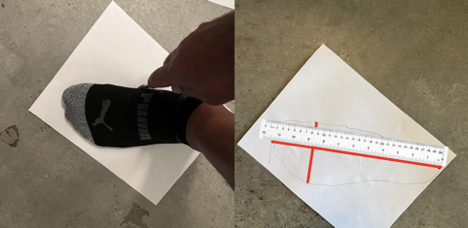
- Place a bigger-than-your-foot piece of paper on a flat surface.
- Dress your foot in socks, which you will wear while playing pickleball.
- Trace a thin line around the entire foot, keeping your body weight over the foot and marker perpendicular to the surface.
- Measure your foot length vertically.
- Measure your foot width horizontally at your foot’s widest point (right underneath the toes).
Special Fitting Issues
Orthotics
Wearing orthotics and athletic socks may influence the sizing.
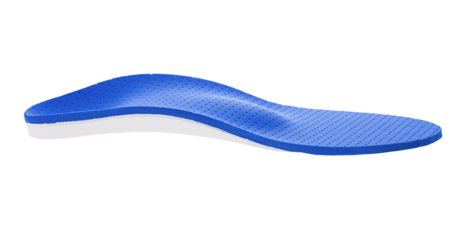 Variables
Variables
An athlete’s foot size may vary from foot to foot, from birth, surgery, or prior injury. Special consultation with a fitting specialist is recommended.
Metric or Imperial Measurements
In the United States, the older imperial system is used to measure things in feet, inches, and pounds. Other countries use the metric system. It is important to know the system used by the shoe manufacturer of your selection. Below are conversion charts for men and women.


Care and Cleaning
Washing and drying them properly will ensure the integrity of the shoe components and help you achieve the shoe's maximum lifespan. Avoid using a washing machine to clean your shoes, as the heat and detergents can harm the glue holding different parts together.
Instead, spot-clean the dirty upper using a soft brush with mild soap and water. Dish soap is a good option; a mild all-purpose cleaner should also do the trick.
You can remove the shoelaces and wash them separately for a more thorough cleaning. Having replacement laces is always a smart kit item if they are beyond saving.
The best way to dry your wet running shoes is to let them air-dry or place them in front of a fan. Resist the temptation to dry your shoes using heat.
FAQ About Pickleball Shoes
What kind of shoes should I wear to play pickleball?
Treating your feet to comfort is a rule of thumb every athlete understands, but some sports shoes like sneakers or running shoes, while comfortable at rest when the side-to-side pickleball action starts, they’re just not built to take all that wear and tear.
Do I need special shoes for pickleball?
We wouldn’t call them special, as that implies better or greater than others. For instance, we wouldn’t wear pickleball shoes to run a marathon, so in that instance, they wouldn’t be special at all. But, put a pair of pickleball shoes on when the dinking starts in pickleball games, and they are constructed to accommodate all the pivoting, stopping, and starting side-to-side movements and extend your stamina and abilities.
Are pickleball shoes the same as tennis?
They’re in the same family of racquet sports shoes, but like shovels are to gardening and snow, there are different design intricacies. Pickleball shoes are designed specifically for pickleball’s more frequent abrupt, short lateral motions than tennis ground steps by incorporating extra cushioning in lateral motion stress points.
What is the difference between indoor and outdoor pickleball shoes?
The soles and uppers can be different in each case. Indoor pickleball shoes are designed to play on hardwood and smooth composite surfaces, and their soles are designed differently than outdoor shoes that must provide traction on rougher surfaces. The difference is mostly the weight required for the outdoor sole, which must be heavier. The weight of the soles affects the uppers' weight, as the shoes' overall weight must fall in a range acceptable to play. Some manufacturers even make a combination shoe.
What's different about pickleball shoes?
A pickleball shoe will generally have a wider base and be more sturdy in the mid and outsoles. While outdoor pickleball shoes are built to withstand wear and tear on the rough outdoor courts with heavier material than indoor courts, both have soles designed for good purchase, though the weight may be substantially lighter with indoor shoes.
Can I wear basketball shoes to play pickleball?
If wearing basketball shoes is all you have the day you first play pickleball, then, by all means, get on the court with them–have we got a game for you? You’re obviously an athlete, so it won’t take your feet long to tell you pickleball shoes will be better when you play your next game. You will immediately recognize the better surface grip, stability, and structure pickleball shoes will give you.
Do pickleball shoes make a difference?
A difference? How about differences? Let’s begin with protection, like slipping, rolling, or falling prevention, to help with a better grip. And then there is wear and tear for longevity with a higher-density rubber outsole. Of course, there is the competitive edge you enjoy knowing your moves are supported by stable pickleball-centric construction.
Can I use running shoes to play pickleball?
Pickleball and tennis shoes are built for the quick, frequent, and strong changes of direction the sports require. Pickleball and its multi-directional play completely oppose the straight-line running competition requirements. The construction of the shoes is similarly opposite, so the answer to the question is you can, but you shouldn’t.
How long do pickleball shoes last?
That’s a loaded question with other questions that will affect your answer. How often do you play? Where do you play? How hard do you play? All of these can dramatically influence how long your pickleball shoes last. Check our article on how to know when to replace your shoes.
Are tennis shoes good for pickleball?
The structure of tennis shoes and pickleball shoes are similar, offering stability for movements that are lateral and accommodating quick stops and turns. The multi-directional movements in pickleball occur more frequently than in tennis, so the extreme levels of the game may call for stronger pickleball shoe support, though tennis shoes are good for most levels.
When to replace your pickleball shoes?
Odor Control
See this separate SportsEdTV blog on the subject of athletic equipment odor control.
Here’s an excerpt:
Sweating feet leaving lingering odor in athletic shoes is a common source of the stink. Prevention is a good start in avoiding the shoes' smell. Also, if you can, using a second pair so shoes can have a day off to air is a good preventative measure.
Wash your feet thoroughly, especially on sweatier days. Foot bacteria always multiply, so you must scrub your feet to eliminate odor. Soap up your soles and between the toes. Make sure your feet are completely dry before putting your shoes on.
The stink is about bacteria, and killing the bacteria is a goal. Try wrapping it in a plastic bag and putting it in the freezer overnight. Another way is to spray rubbing alcohol into the shoe.
Baking soda used alone in shoes has also proven to be effective in removing odor, especially those shoes—surely leather--that soaking would harm. Evenly shake a tablespoon of baking soda into each shoe and wait a few hours, perhaps overnight or even 24 hours for extreme cases. The baking soda will soak up the odors and kill the bacteria causing the stink.




